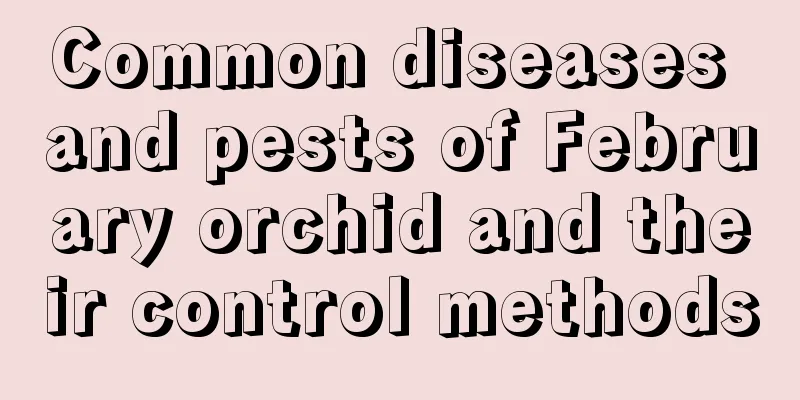Pests and diseases of Huangli and their control methods

Common diseases and pests of HuangliDiseasesCommon diseases of Huangli include rust and leaf spot. When the disease occurs, rust or dark spots will appear on the leaves, affecting the appearance. When the spots are large, they will hinder photosynthesis and affect the growth of the plant. And if it's sick, how can it possibly raise a jelly-colored Huangli? In fact, these are all secondary. Once the Huangli is diseased, its ornamental value will be reduced and its growth will be inhibited. If no effective solution is found, the plant will slowly wilt and eventually die. PestsCommon pests of Huangli are scale insects and root-knot nematodes. Scale insects mostly occur on the surface of leaves, sucking sap and affecting growth. In severe cases, leaves fall off and sooty disease is induced. Scale insects are prone to occur in high temperature and poorly ventilated environments. Root-knot nematodes mainly appear in the soil and are difficult to detect in the early stages. When the leaves of the plant wilt and there are bumps on the soil surface accompanied by white colonies, it is necessary to remove the plant from the pot or irrigate the roots to kill the insects. The first thing root-knot nematodes harm is the roots, blocking the transport of nutrients between the roots and leaves, thus causing the death of the entire plant. Prevention and control methods of diseases and insect pests of HuangliStrengthen maintenancePrevention is the main approach when it comes to diseases and insect pests. In the summer, when diseases and insect pests are most prevalent, pay attention to increasing ventilation, controlling watering, lowering humidity, and keeping the air dry. Remove diseased leavesMild means that there are only a few spots or sparse insects on the leaves. At this time, you can scrape the insects off with a bamboo stick, or use tweezers to pinch out the insect body, but be careful not to damage the leaf surface, or combine pruning to cut off the diseased leaves. SprayingDuring the outbreak period, fungicides should be sprayed promptly, 1000 times diluted 40% oxydemeton-methyl emulsifiable concentrate, or 80-100 times diluted acaricide, spray once every 7 days, and spray continuously 2-3 times. Alternatively, you can bury 15% iron chlorpyrifos granules in the pots, 1-2 grams per pot (15 cm diameter). |
<<: Diseases and prevention methods of Jade Dew
>>: What should I do if my bear paw has black spots?
Recommend
How to grow golden-edged spider plants to make them more vigorous
1. Control light intensity Chlorophytum comosum n...
When is the best time to repot the cassia flower?
Time to repot Gardenia The pot of the jasmine flo...
How to cultivate the rich leaf
Growing conditions of fugui leaves Soil cultivati...
How to cultivate Oncidium
Oncidium is a popular orchid with a lightweight p...
How to eat hairy lychee, pictures of hairy lychee
1. Introduction Hairy lychee, also known as rambu...
How to grow catnip seeds
Prerequisites for Planting Catnip Seeds Catnip is...
How to grow amaryllis in winter in the north
1. Covering film If the planting area is relative...
Precautions for repotting jasmine in winter
1. Time to change pots The best time to repot jas...
Where is the best place to grow litchi?
Lychee growing area Lychees generally grow in pla...
How to grow sunflower
1. Astigmatism environment It likes to grow in a ...
Can't grow in acidic or alkaline soil? Sprinkle some ash and pour some vinegar, and the flowers will grow wildly immediately!
Soil acidity We generally think that the soil in ...
The efficacy and function of Huoshan Dendrobium
1. Nourish the five internal organs Some people&#...
Which type of foliar fertilizer is best for rice?
Rice is one of the crops that requires more ferti...
How many kilograms of greenhouse tomatoes are produced per mu?
Greenhouse tomato yield per mu The specific yield...
Can coconut shells be used as flower soil? Can flowers be planted directly?
Can coconut shells be used as flower soil? Coconu...









